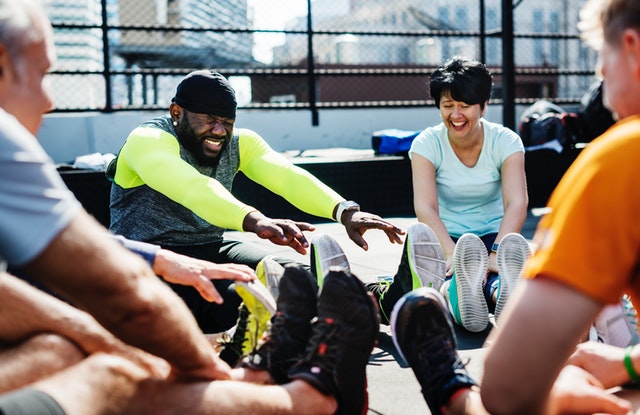A first responder is one of the most stressful jobs out there, due to the emotionally demanding aspects, but of course, it is also a physically demanding role. Whether a firefighter or paramedic, first responders need to have their physical health in check, but it’s also important to understand the best ways to keep fit. This is how first responders can look after their physical health and fitness.
Addressing Physical Weak Points
It all depends on the job the first responder is doing. Many paramedics and firefighters are going to be lifting heavy weights regularly, and this means that when time is of the essence, they are naturally going to “put their back into it.” However, this is going to cause them back problems in the long run. There are many chiropractic care companies that can address physical ailments, but it’s important to prevent these problems. To prevent injuries, mobility is crucial. This means having dynamic warm-ups and mobility training. Having a dynamic warm-up allows first responders to become aware of their physical constraints, while also making sure that they have a wider range of movement, which will make a big difference in the moment.
Strength Is Everything
We have to remember that strength is going to make the biggest difference, but in order to reduce injuries on the job, they have to be strong, but they also have to remember to develop their strength in a natural way. Many firefighters can run the risk of overworking their bodies because they aren’t sticking to a rigid exercise regime. In order for first responders to actually make the most of their physical limits, bodyweight exercises are the best way to improve strength without overworking. Fatigue is essential to build muscle, but you don’t necessarily need to build muscle in order to build strength. And this is where programs like isometrics can come in handy because it works directly at improving your strength, and while there are some aesthetic differences, it addresses the strength components rather than the actual part of getting big muscles.
Incorporating “Unit” Exercises
We see this in Navy SEALS and army training exercises- they all have to work together, not apart. This is going to be a very beneficial thing for first responders. Using exercises that help people function as a team is going to establish cohesion in the unit and help people cope with the physical demands of the job.
Allowing Adequate Rest
If you want first responders to get fit and healthy, you’ve got to allow them downtime. Recovery is all dependent on the individual. There are many different factors that inhibit recovery, such as stress. Allowing proper time off to allow physical and nervous system recovery is essential. Additionally, ensuring that the first responder has proper nutrition, which can consist of the basics, like protein and carbohydrates, but also ensuring they are able to physically recover with supplements like magnesium and amino acids will make a massive difference.
There are few things to think about you with regards to first responders. If you or someone you care about is a first responder and they’re not looking after their health, these could be the best places to begin.
